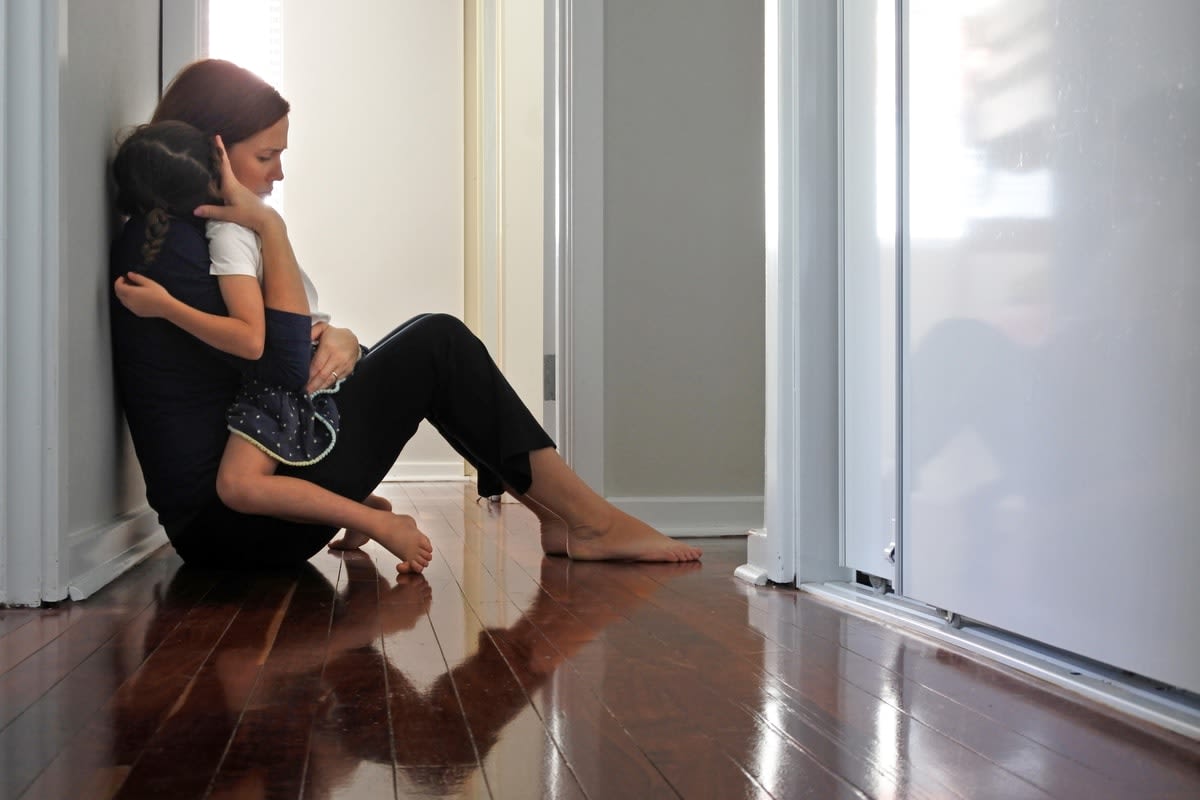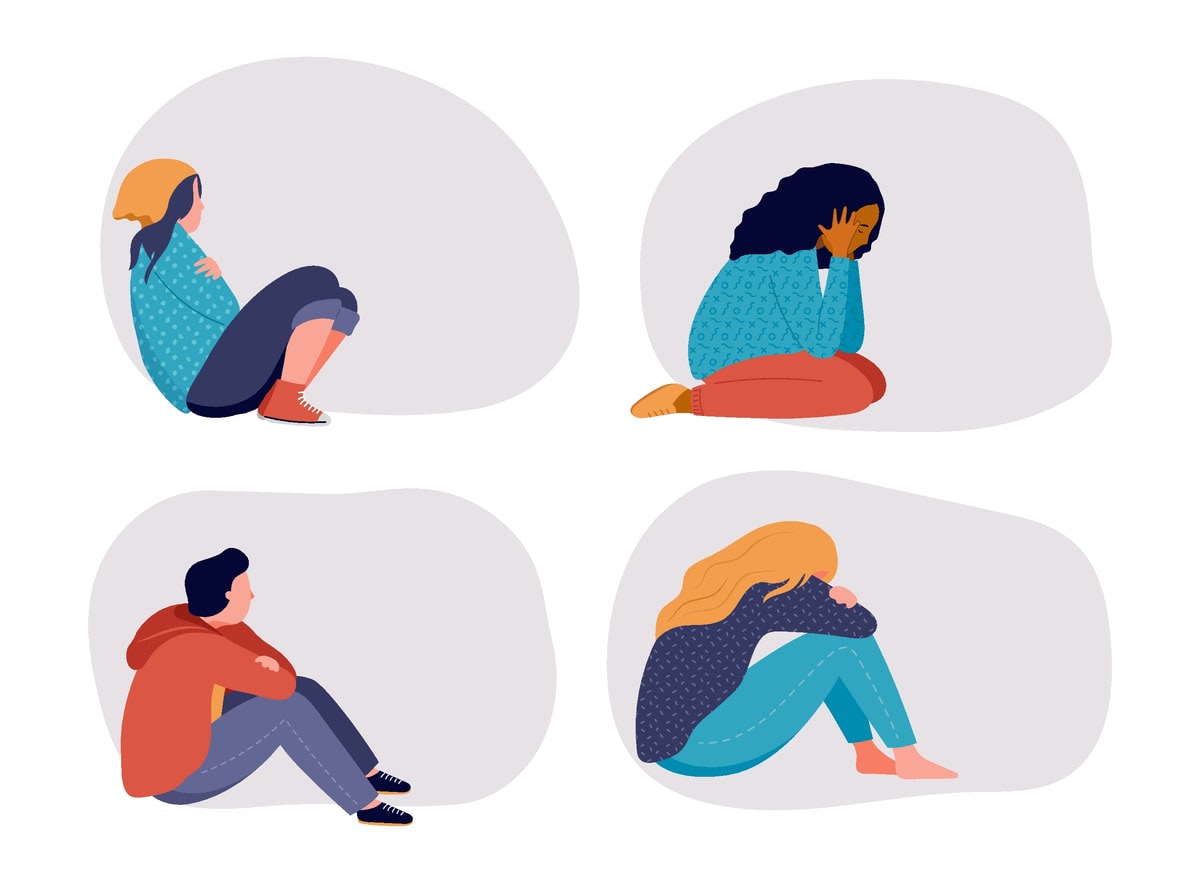
08 Jun Village people: Working to prevent the intergenerational impacts of family mental illness
Researchers, Melinda Goodyear and Becca Allchin, look at what this Village means
The proverb “It takes a village to raise a child” originated – we think – in Africa. The meaning is self-explanatory – parents often need others close by to help them with their kids, and kids need adult role models outside of the home.
Now, researchers have used the proverb as an underlying principle in a suite of international projects to find innovative ways to strengthen support networks for children.
The projects ask how to best help the children of parents with mental illness, alongside the parents themselves, to prevent “intergenerational impacts of mental illness” and reduce “negative consequences” for the children.
One key issue their work highlights is a lack of access to help, because early signs of intergenerational troubles are hard to see in kids.
Australian data shows one in four children currently grows up with a parent with mental illness. While most of these children do well, they have a higher risk of behavioural, academic or mental health problems themselves. The COVID-19 pandemic has only made the visibility of the problem worse.
The Monash researchers involved in the global projects are Dr Melinda Goodyear and Dr Becca Allchin, both from the School of Rural Health, within the Faculty of Medicine, Nursing and Health Sciences.
The projects are part of the pair’s collective body of work regarding family mental health.
“What we know about rural health services anywhere,” says Dr Goodyear, “is that they have limited access to specialisation. It’s really hard to get a workforce to actually stay, and to have a complete workforce in rural areas. So we’re looking at innovative ways to translate what works in those settings.”

Fit-for-purpose intervention
A recent review by Dr Allchin suggests that building an intervention (“what works”, she says) to fit a local context is important for sustainability in services.
Dr Goodyear’s work in the It Takes A Village project, in an alpine region in the west of Austria, applied this principle by combining evidence-based components, “local practical wisdom”, and local lived experience.8
A series of detailed workshops conducted throughout 2018 and 2019 with local and international transdisciplinary experts led to the development of the It Takes A Village practice model currently being delivered to Austrian families.
“The aim was to find a balance between evidence-based practice and feasibility within the local context and constraints,” the paper states. In other words, how to use theory in mental health research in an actual, real place in the world populated by living, breathing, thinking humans.
Dr Goodyear adds: “And also, how to make it work as a sustainable change, rather than just bringing in an expert who’s not going to be there two years later.”
Approach to build a ‘day-to-day life’
The Austrian project, as outlined in the paper, introduces the idea of the CVA, or Collaborative Village Approach, aimed at building a “day-to-day life” that ensures the best results for the child or children.
It revolves around face-to-face work by a “village facilitator” who works with the family to help the child through local network-building of formal and informal support systems.
As “core practice principles”, the paper lists using the family’s strengths, recognising decision-making abilities of parents and children, and trauma sensitivity and empathy towards it.
Dr Allchin says building these principles into organisational structures in rural and regional communities can “help develop cultures and leadership so that when staff come and go, they’ve still got the basis and the thinking there, and the models of care that means that they then can offer these services as well”.
The problem is that mental illness in a family is a hard thing to share.
“Yes,” says Dr Goodyear. “The idea of bringing in a network, a village of support for the child, is actually a challenging concept. People can tend to not want others to know about their family struggles of mental illness.”
The researchers also work for Emerging Minds, which leads the National Workforce Centre for Child Mental Health, to help translate findings from these projects into effective workforce training support.
Rural and regional health practitioners, according to Emerging Minds data, feel less confident working within child mental health than their urban peers.
“So while there’s limited service provision, there’s also a need to support them in building that knowledge and confidence about how to support children and families,” Dr Goodyear says.
“What often happens is that people don’t often see these children until they present with symptoms themselves. But there’s education around them, there’s services around them.
“Their parents are seeking treatment at adult-focused services, but yet not much conversation is happening around ‘What can we do to support you in parenting, and what can we support you to do to help your child’s adjustment?’ There are always small things services can do to consider parenting and child mental health.”
One of the things parents with mental health issues are often having to manage, besides their own emotional distress, is also their children’s, says Dr Allchin.
“Giving family support so that they can do both of those things together means there’s better outcomes for everybody in the family,” she says. “Both the parent and the child. It’s the idea that when families are under stress of any sort, it affects everyone. But if we strengthen the family’s ability to respond, families have a better outcome as a whole.”
From Finland to Australia
Both researchers previously focused their research on applying a Finnish intervention, called Let’s Talk About Children, to the Australian context.
Through their work they’ve seen the importance of supporting parenting and children when families are seeking treatment support. Their work identified a framework for sustaining that support into the future.
While being trialled in Finland, the program led to significant reductions in referrals to child protection, when using similar methods – connecting the relevant healthcare organisations with families to support children at school, kindergarten, in “leisure environments”, and at home.
“We’re asking, ‘What do we need to change to make it work in this setting? What are the issues in this setting? What do we need to take from the evidence that can then be applied in this setting?’ This is the process that we think is relevant to rural and regional Australia.”
The researchers are anticipating the rollout of new child mental health centres will need to focus on families and supporting the “village” around the child.
These centres, supported by the federal government, are part of a recently announced National Children’s Mental Health and Wellbeing strategy.
“It’s also anticipated that for these centres to work in the long term, planning needs to be focused on integration and co-design to meet those local needs and challenges,” says Dr Goodyear.
She thinks the ideas are well-suited to an Australian context.
“We’re more prepared than Austria to ask about parenting, and we’re more prepared to accept mental illness in the community.”
Melinda Goodyear, is a Senior Research Fellow, School of Rural Health, Faculty of Medicine, Nursing and Health Sciences. Monash University.
Becca Allchin, is a Researcher, School of Rural Health, Faculty of Medicine, Nursing and Health Sciences. Monash University.
This article was first published on Monash Lens. Read the original article

